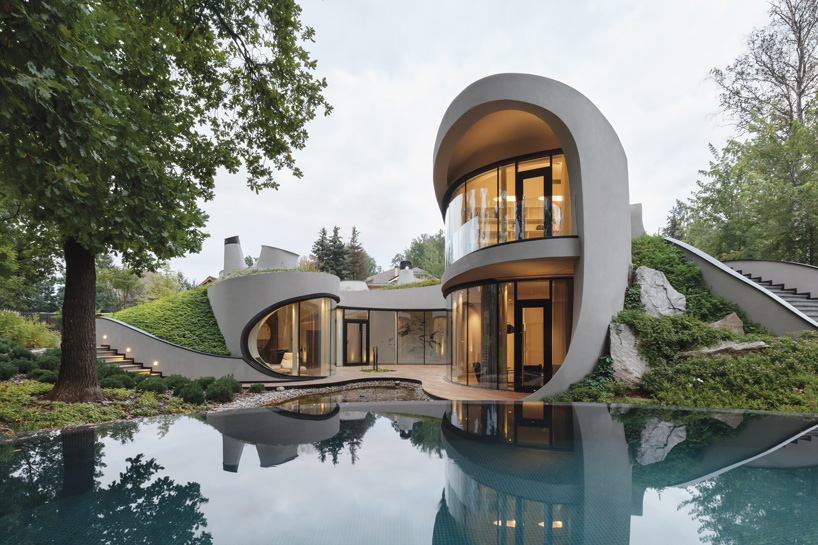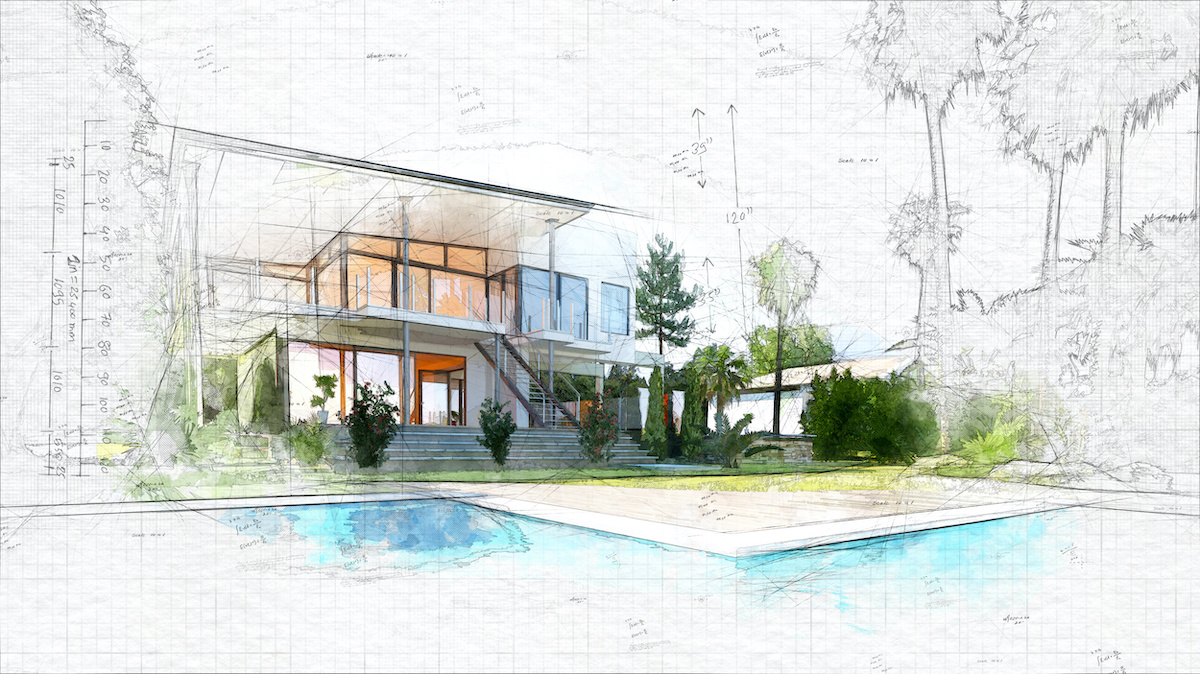Discover Cutting-edge Styles with Leading CDA Architects for Your Next Job
Wiki Article
A Thorough Summary of Building Designs and Their Influence on Modern City Preparation and Development
Architectural designs have long worked as a mirror to the societal worths and technological improvements of their time, playing a crucial role in shaping modern-day city preparation and growth. From the splendour of Neoclassicism to the practical strategy of Brutalism, each style has actually presented special ideas that affect city appearances and capability. As modern obstacles develop, consisting of sustainability and area demands, recognizing these historic structures comes to be vital. The resulting dialogue not only educates future design techniques yet likewise elevates pertinent questions concerning the equilibrium between heritage and development in our evolving city landscapes.Historical Summary of Building Designs

As societies transitioned with the Middle Ages, Gothic architecture arised, identified by its verticality and complex outlining, mirroring the spiritual ambitions of the age. The Renaissance marked a revival of timeless suitables, merging art and style in ingenious means that influenced subsequent styles throughout Europe.

Today, building styles remain to advance, driven by globalization and sustainability problems, showing a vibrant interplay between heritage and development. This historical introduction underscores the relevance of design as a mirror of social advancement and as a catalyst for metropolitan growth.
Key Architectural Styles Explained
The variety of architectural designs mirrors the myriad influences that shape our developed setting, each personifying distinct qualities and social significances. Key architectural styles consist of Timeless, Gothic, Baroque, Innovation, and Postmodernism, each representing unique historic contexts and aesthetic ideologies.
Classical design, rooted in old Greece and Rome, stresses proportion, proportion, and making use of columns (cda architects). In contrast, Gothic architecture, thriving in the Center Ages, is identified by sharp arcs, ribbed safes, and flying buttresses, developing a heavenly high quality in basilicas. Baroque style, arising in the 17th century, is noted by majesty, intricate embellishment, and a vibrant interaction of light and darkness
Innovation, which gained energy in the very early 20th century, focuses on feature over type, using new materials like steel and glass to produce minimalist structures. Postmodernism, responding versus the austerity of Innovation, accepts eclecticism and historic recommendation, commonly integrating lively aspects and irony.

Effect On Urban Planning
In forming the growth of cities, building designs dramatically influence city planning choices. The choice of building style usually dictates the aesthetics, capability, and overall personality of read here urban atmospheres. As an example, modernism, with its focus on minimalism and performance, urges open spaces and the assimilation of technology, shaping city formats that prioritize efficiency and access. On the other hand, typical designs may emphasize historical preservation, causing city layouts that preserve social heritage and advertise pedestrian-friendly environments.Moreover, building designs can influence zoning laws and land use plans. Urban planners must consider the prevailing building trends when designing districts, ensuring that new developments integrate with existing frameworks. This factor to consider cultivates natural metropolitan landscapes and improves neighborhood identity.
The implementation of specific architectural styles can also influence socioeconomic variables within a city. High-end modern layouts might draw in affluent homeowners and services, leading to gentrification, while more inexpensive real estate solutions may prioritize useful and lasting styles to accommodate varied populations. cda architects. Inevitably, the interplay in between building styles and metropolitan planning produces dynamic cities that show both historical context and modern needs, forming the lived experiences of their residents
Sustainability and Modern Style
Architectural designs play an essential duty in resolving contemporary obstacles, especially in the world of sustainability. As urban locations expand and ecological problems increase, modern design increasingly accepts lasting design concepts that prioritize power efficiency, resource preservation, and minimal environmental influence.Contemporary architectural movements, such as biophilic design and eco-friendly style, advocate for structures that integrate with their environments, utilizing natural products and promoting biodiversity. These styles YOURURL.com usually incorporate sustainable power resources, such as solar panels and wind turbines, to reduce dependence on fossil fuels and reduced carbon impacts.
Furthermore, the integration of innovative modern technologies, such as wise building systems, boosts energy administration, enhancing source use while guaranteeing passenger convenience. Innovative water monitoring strategies, including rainwater harvesting and greywater recycling, additional add to lasting urban environments.
Notably, sustainability extends beyond environmental issues; it includes social and economic measurements as well. By cultivating community health and advertising inclusivity, modern-day building designs line up with sustainable development goals. The advancement of building techniques continues to shape resilient cities that not just satisfy the needs of the existing yet also safeguard the future for generations to come.
Area Interaction in Style
Community involvement in style functions as a vital bridge between engineers and the populaces they serve, guaranteeing that the built setting shows the requirements and aspirations of its customers. This collective process invites neighborhood participants to add their understandings and choices, promoting a sense of ownership and responsibility toward the spaces they inhabit.Effective community engagement employs numerous techniques, such as workshops, surveys, and public online forums, to gather varied viewpoints. These techniques promote a two-way discussion, enabling designers to comprehend neighborhood contexts while equipping residents to voice their issues and wishes. This inclusivity not just boosts the layout high quality yet also promotes social equity by resolving the you can try these out unique difficulties faced by marginalized groups.
Additionally, area engagement can cause cutting-edge solutions that could not emerge in a conventional design procedure. By integrating local expertise and cultural values, engineers can create spaces that resonate even more deeply with customers, boosting functionality and sustainability. Ultimately, prioritizing neighborhood involvement in layout procedures results in environments that nurture social communications, assistance well-being, and strengthen neighborhood ties, consequently playing a pivotal role in forming modern metropolitan landscapes.
Verdict
Architectural styles have profoundly influenced modern city planning and growth, reflecting progressing cultural and technological contexts. The integration of historic aesthetic appeals with contemporary demands cultivates metropolitan settings that focus on sustainability and area engagement. As cities remain to expand and adapt, the continuous discussion in between architectural heritage and modern-day design concepts will stay crucial in creating comprehensive, vibrant spaces that enhance lifestyle and advertise social equity. The future of city growth rest on this unified equilibrium.Report this wiki page